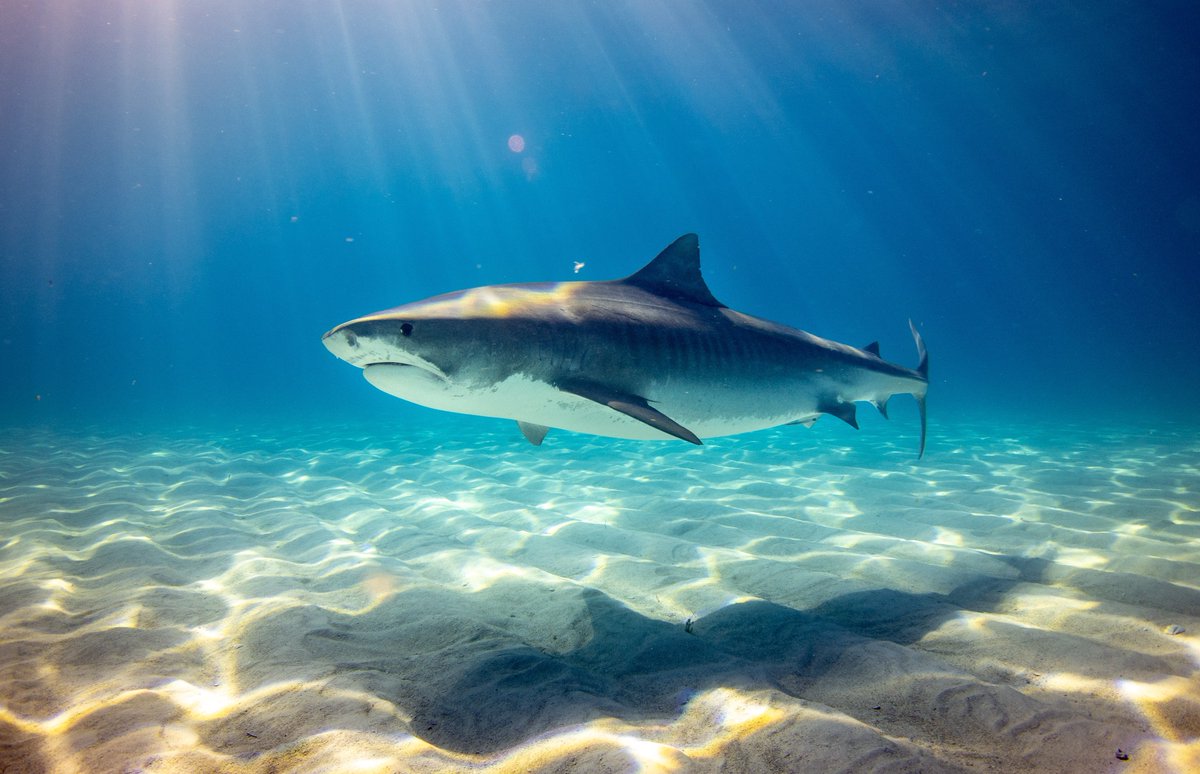
Taronga’s #science team collaborates on programs that assess and maximise #GeneticDiversity in zoo-based, wild populations, & CryoDiversity Banks (frozen repositories), to promote population resilience & the capacity of species to adapt to change. #RRAP 

#GeneticDiversity within #wildlife populations relates to long-term survival. Genes affect many things, including body size, #disease, tolerance of temperature extremes, all of which can be important for #CoralReef systems. #Coral #RRAP
Every animal - #frog, #coral or #rhino - is subtly unique and diversity is key for populations to thrive and be healthy. When populations become small and inbred, or ecosystems suffer too much #biodiversityloss, ecosystems collapse. #RRAP
#Biobanking is an emerging tool in the #conservation toolbox in Taronga’s species recovery programs. In concert with natural breeding efforts, biobanked samples can be used to produce offspring contributing to genetic management and translocation.
Taronga established the first Australian-based wildlife biobank (Taronga’s CryoDiversity Bank) in partnership with Monash University in 1995 (@AusFrozenZoo) and has been cryobanking living cells from high #conservation value #wildlife ever since. 

Taronga’s CryoDiversity Bank is the largest #wildlife biobank of living cells in #Australia. Through scientific collaboration, it contains living cells from >80 ‘donor’ species incl. precious sperm samples from wild Tasmanian devils, #koalas, GBR #corals & threatened #frogs #RRAP
Recent examples of our research and application activities include the cryopreservation of sperm from #Booroolong #frogs of NSW’s northern tablelands and from heat tolerant #corals of the northern #GreatBarrierReef. #RRAP 

• • •
Missing some Tweet in this thread? You can try to
force a refresh












